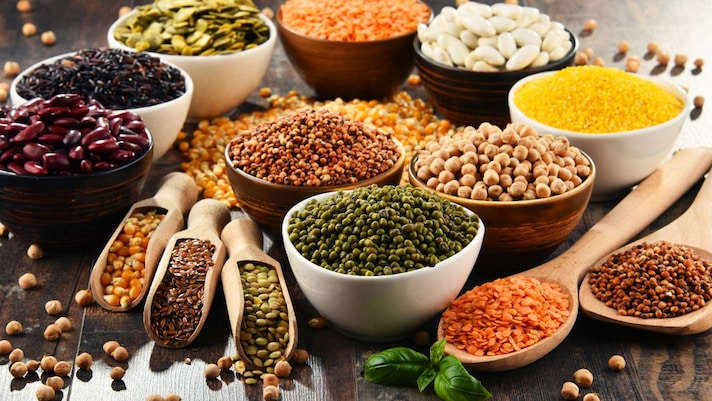How to Cook Dry Legumes Without Soaking Them
If you want to prepare a nice plate of beans but you forgot to soak them, here are 4 alternative methods to avoid it and still prepare a tasty dish.
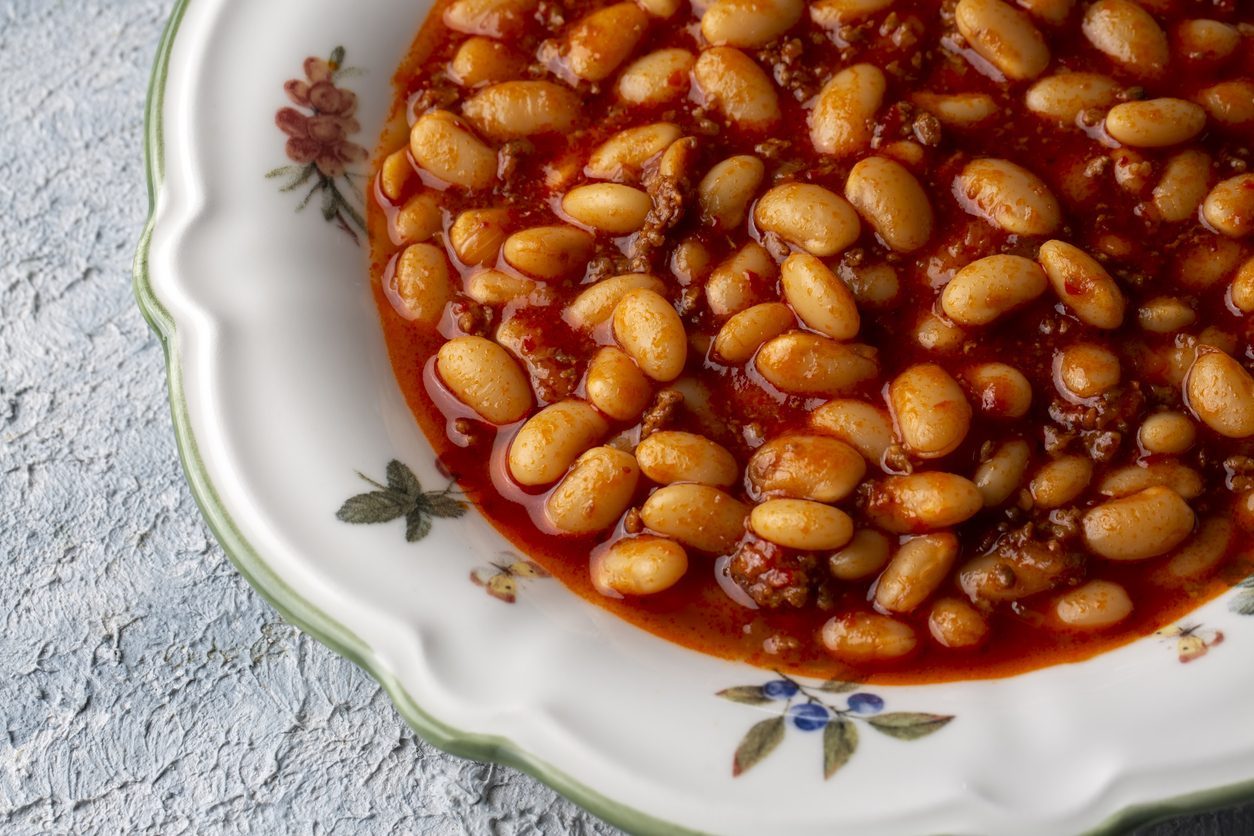;Resize,width=742;)
If you forgot to soak your legumes, but you don't want to give up a tasty, steaming soup, there are ways to avoid soaking. When it comes to dried legumes, soaking is an essential step to rehydrate the fibers and starches, making them more tender and easier to handle: lentils, chickpeas, broad beans, and beans of all kinds. But, since it's a long procedure, it's important to organize yourself ahead of time and not leave it to the last minute. If you forgot to do it, don't worry: here are some valid alternatives to the classic soaking to prepare dried legumes quickly.
1. Pre-Cooking In The Oven
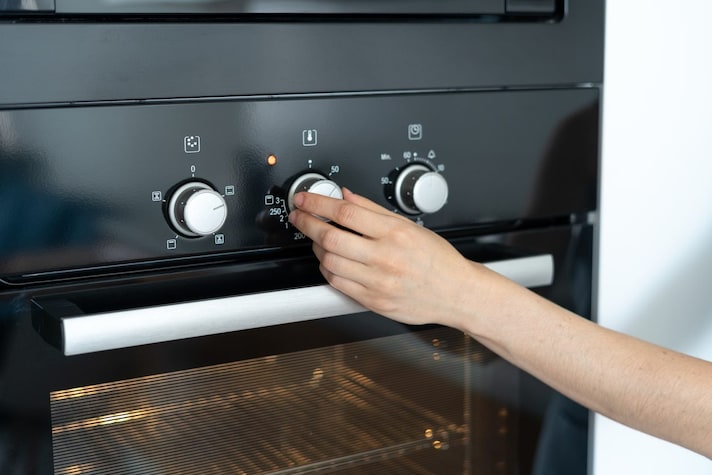
A simple and effective method to quickly obtain well-hydrated legumes that are ready to use even without soaking is to cook them in the oven. All you have to do is preheat the oven to 360°F/180°C, arrange the legumes on a baking tray well spaced apart without overlapping them, cover them with a finger of water, add the herbs (not salt, which is best added only at the end) and leave them to cook for 1 hour. At the end of cooking, the water should have completely evaporated and the legumes will be soft and ready to be used in your recipes.
2. Pre-Cooking in a Pressure Cooker
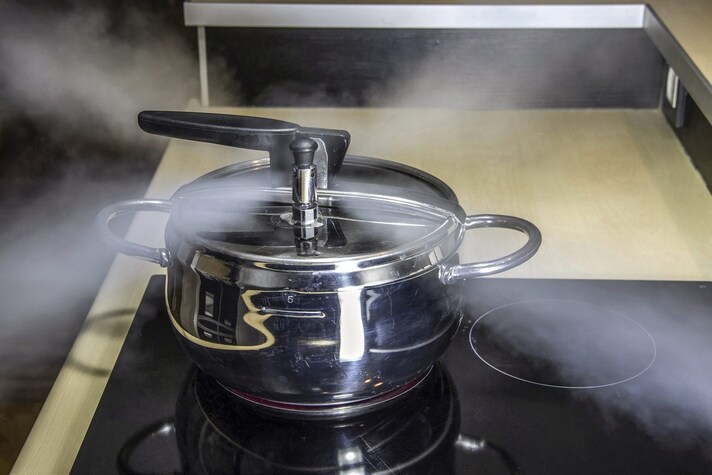
To avoid soaking legumes, you can choose to use a pressure cooker, one of those tools that can really make a difference in the kitchen. How to do it? Rinse the dried legumes well, then pour them into the pressure cooker together with plenty of cold water, a pinch of salt and your favourite spices, being careful not to exceed the mark that indicates the limit beyond which the pot should not be filled. Close the pot and follow the manufacturer's instructions for cooking. Generally, beans need 30 minutes, lentils need just 20 minutes, peas 25 and chickpeas need 40 minutes. The pressure cooker method is not recommended for fava beans, it is better to choose other methods to treat the quintessential spring legumes.
3. Quick Soak
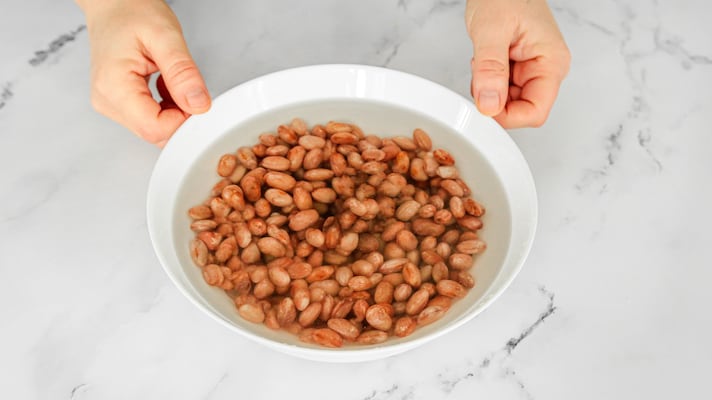
An intermediate method that significantly reduces soaking times is the quick soak, or soaking in hot water. To proceed with this method, rinse the dried legumes well, pour them into a pot and cover them with plenty of boiling water, adding a teaspoon of bicarbonate. Leave to soak for 1-2 hours, depending on the type of legume. Once this is done, drain the legumes and cook them as usual.
4. Long Cooking

Of all the methods, this is probably the slowest but also the one that allows you to preserve the flavor of the legumes the most. Proceed as follows: rinse the dried legumes well, pour them into a large pot with plenty of cold water. Bring to the boil, then lower the heat and cook on a low flame for a longer time than traditional cooking, about double. During cooking, add hot water if necessary to keep the legumes covered.
;Resize,width=767;)
;Resize,width=712;)

